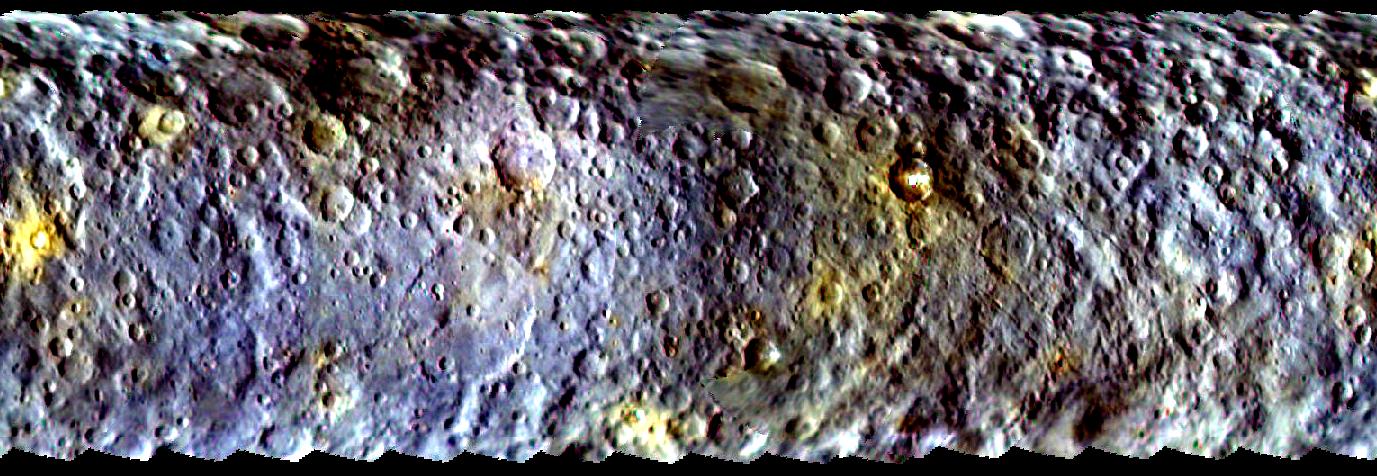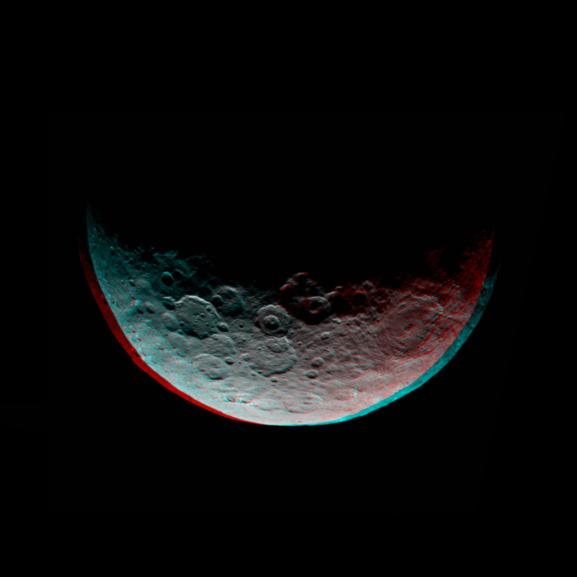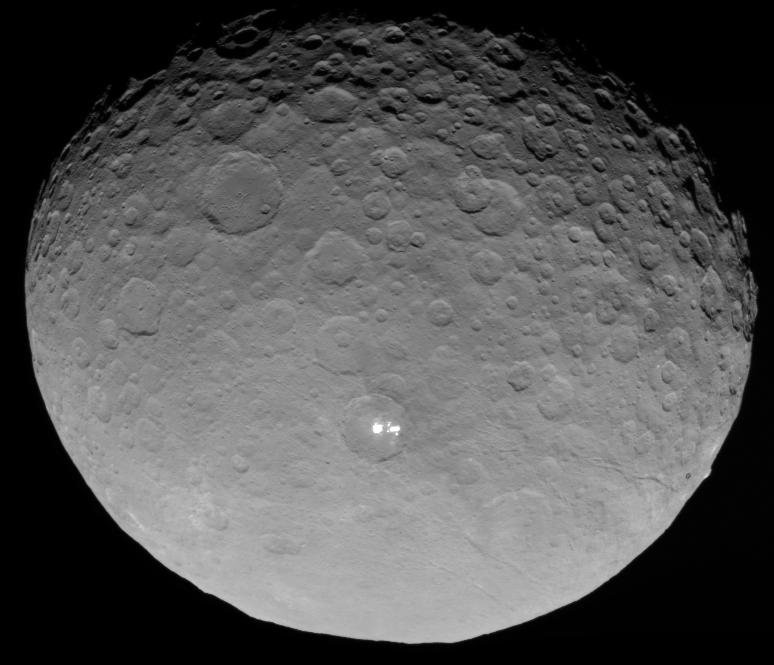Ron-Astro Pharmacist wrote:Chris Peterson wrote:geckzilla wrote:It's not magnification. Magnification is done by lenses.
The technical term for this sort of "over magnification" is "undersampling".
Doesn't some magnification come from the primary objective mirror or lens? When I attach my camera to my 4 inch reflector the view is quite magnified without a lens.
Actually, if you attach your camera to the back of your telescope, that optical system isn't even a telescope anymore by the definitions of optics. A telescope is an
afocal system: it has an objective and an ocular (eyepiece), and doesn't have any focal plane at all. A collimated input produces a collimated output, and the optical system depends on your eye for focus. The magnification of the system is defined as the focal length of the objective divided by the focal length of the ocular. That value is physically meaningful, in the sense that it means that you actually see the target at (magnification) times larger than you would with the naked eye.
When you simply place an image sensor at the focal plane of an objective, you have a
focal optical system. You can't see anything with your eye. A collimated input produces an image at the focal plane of the objective, located behind it at a distance specified by its focal length. Magnification isn't well defined, and has little physical meaning. These optical systems are better called "cameras" than "telescopes", and that includes the HST.



